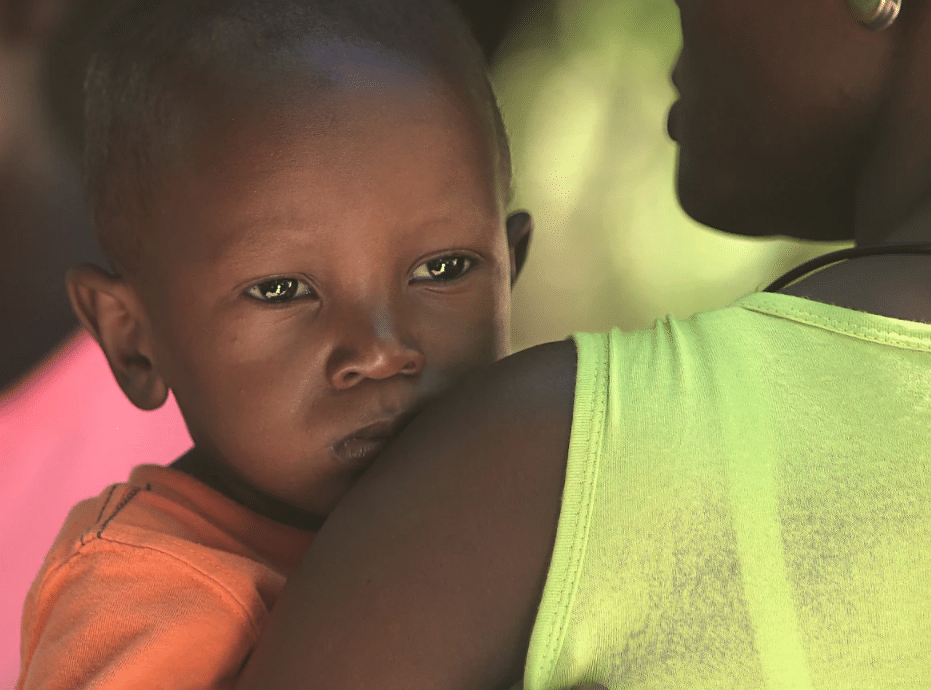So many aspects of the racist War on Drugs—stop-and-frisk, mandatory minimum sentencing for crack cocaine, drug courts, to name just a few—have long been put under a microscope, critically evaluated and targeted by urgent calls for reform. One aspect that until recently escaped this kind of trenchant analysis is the intersection of the War on Drugs with the child welfare and foster care systems.
A report published this month—Whatever They do, I’m Her Comfort, I’m Her Protector: How the Foster Care System has Become Ground Zero for the US Drug War—corrects that imbalance. It is a hard-hitting, groundbreaking tour de force. Principally authored by Lisa Sangoi, co-founder and co-director of the Movement for Family Power, it was a collaborative effort between that organization, the Drug Policy Alliance* and the NYU Family Defense Clinic.
The War on Drugs is sold in part on the idea that it’s to “protect innocent children.” Some of the most harshly judged and punished drug users are parents and pregnant people—even if their drug use harms no one. The report opens with a powerful story about “Ms. L” that illustrates how maddeningly easy it is to get trapped in the child welfare and foster systems, lose your children and spend years in dysfunctional drug treatment programs and family courts trying to get them back.
Allegations of caretaker substance use are present in an overwhelming majority of child welfare cases.
In the case of Ms. L, an admission of occasional cannabis use set off a cascade of state surveillance and case worker demands to adhere to an impossible “family plan.” Throughout the report, there are shocking and enraging case studies that take readers into these Kafkaesque worlds.
According to the report, allegations of caretaker substance use are present in an overwhelming majority of child welfare cases. Data vary widely, but some studies estimate that over 80 percent of all foster system cases involve caretaker drug use allegations at some point. The ongoing overdose crisis has been a major contributor to an increase in children being removed from their homes and put into foster care. Drug use is an all-purpose pretext to break families apart.
This is all compounded by the pervasive racial and class disparities in the child welfare system. In 2017 alone, over 500,000 parents, almost all low-income and disproportionately American Indian, Black and Latinx, were determined by case workers to have maltreated their children. The child welfare and foster systems almost exclusively police the parenting of society’s most marginalized people.
Through these systems, the federal government pours millions into reimbursing states for the costs of removing children from their parents’ care and placing them into foster homes. Why don’t the feds direct those funds to income transfer programs that would lift families out of poverty, provide healthcare to everyone, create affordable housing, a high-quality national childcare system and evidence-based drug treatment on demand? Instead of funding basic human needs, state and federal child welfare agencies have created a byzantine carceral system that surveils, punishes and traumatizes.
Sangoi surveys the academic literature on drug use and pregnancy, prenatal exposure and parenting, and soundly debunks much of it. It is so often based on junk science—like the “crack baby” myth that destroyed the lives of countless Black families during the crack panic of the ‘80s and ‘90s.
The gripping report ends with a no-holds-barred, searing set of recommendations for institutions ranging from the media to hospitals to philanthropists to drug treatment programs to family court judges—calling for the abolition of some policies and the reform of others.
The report is a primer on the history of state intervention into the lives of low-income families of color; an explication of the legislation that has had a devastating affect on vulnerable families, including the Child Abuse Prevention Treatment Act (CAPTA) and the Adoption and Safe Families Act (ASFA); and an analysis of how the violent War on Drugs shapes the child welfare and foster care systems. Written without academic jargon, it is the best kind of “required reading” and should be on the syllabi for courses about the War on Drugs, racism, social work and child welfare policy.
In the current political moment, with demands to address structural racism, defund the police and abolish carceral systems, scrutiny of the child welfare and foster systems needs to take its place among our most urgent concerns.
Photo by Zach Vessels on Unsplash
*The Drug Policy Alliance has previously provided a restricted grant to The Influence Foundation, which operates Filter, to support a Drug War Journalism Diversity Fellowship.





Show Comments